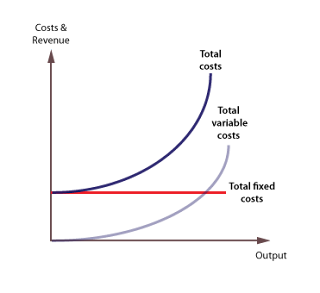Becoming a Quantitative Methods and Statistics Pro: Your Handbook on Data Analysis with EssayTips
In the academic world, the knowledge of quantitative methods and statistics is the most important thing for the analysis of data and obtaining conclusions. Whether you are analyzing the results of a scientific study, a survey, or conducting an economic analysis, a strong knowledge of quantitative methods allows you to see the patterns and trends that are present in your data. Within this tutorial, we'll cover the principal concepts and techniques of quantitative data analysis to help you succeed academically with the use of EssayTips.
The use of quantitative methods involves collecting, analyzing and interpreting numerical data to answer research questions or test hypotheses. Both statistics and quantitative analysis rely on the tools for describing sample data, detecting patterns and making inferences using population data.
Descriptive Statistics:
The descriptive statistics aid researchers in describing and summarizing key characteristics of data. These measures, for example, mean, median, mode, standard deviation, and variance aid in understanding of central tendency, variability, and data distribution.
Inferential Statistics:
The use of inferential statistics helps researchers to generalize on the whole population from the sample data. Techniques such as hypothesis testing, confidence intervals, and regression analysis assist population parameters estimation and the determination of relationships between variables.
Probability Distributions:
Probability distributions represent chances of different outcomes or events in a data set. Frequently used probability distributions comprise of the normal distribution, binomial distribution, and Poisson distribution each with special traits and areas of application in statistical analysis.
Parametric vs. Nonparametric Tests:
Parametric tests are based on several characteristics of the underlying population distribution as opposed to nonparametric tests that have fewer assumptions and are suitable for data that do not meet parametric assumptions.
Mastering Data Analysis Techniques:
Data Cleaning and Preparation: Prior to the data analysis stage, it is crucial to pre-process and prepare the data to ensure that data is accurate and reliable. Activities may include dealing with missing values, revealing outliers, and transforming variables as required.
Exploratory Data Analysis (EDA):
EDA is focused on visually interpreting and condensing the data to identify trends, patterns, and relationships. Techniques like histograms, scatter plots, and correlation matrices help to visualize the form and distribution of data.
Statistical Testing: Statistical testing provides a tool for researchers to test hypotheses and identify whether the relationships or difference found in the data are significant. If you are conducting a test of mean differences, correlation coefficient or categorical association, you must choose the right statistical test for valid inference.
EssayTips: Our Partner in Academic Success
We comprehend the fact that quantitative methods and statistics play a vital role in academic research at Essay Tips. The core of our company is a team of professional online essay writers who are always happy to extend a helping hand to students from universities, colleges, and schools in any discipline. Whether you are stuck with essays, dissertations, assignments, reports, or case studies, we provide professional advice and services to help you solve your problems.
Leverage the power of statistics and quantitative analysis with the help of EssayTips. Contact us right away for more information on how we can assist you attain excellence in your academic pursuits.
WATCH MORE




Comments
Post a Comment